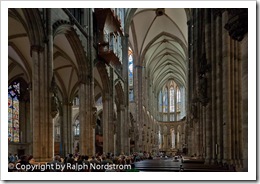California is blessed with two species of redwoods, the Giant Sequoia (Sequoia giganteum) of the Sierra Nevada Mountains and the Coastal Redwoods (Sequoia semperverins) along the California coast from the Oregon border to 150 miles south of San Francisco. These awe-inspiring trees are both a joy and a challenge to photograph. I recently spent a week in Crescent City in Northern California photographing the Coastal Redwoods and leading a photography workshop there. I’d like to pass along some of the techniques we employed to capture photographs that do these majestic trees justice in breathtaking but often very difficult light.
Continue reading “How to Photograph the Coastal Redwoods”
(7364)

